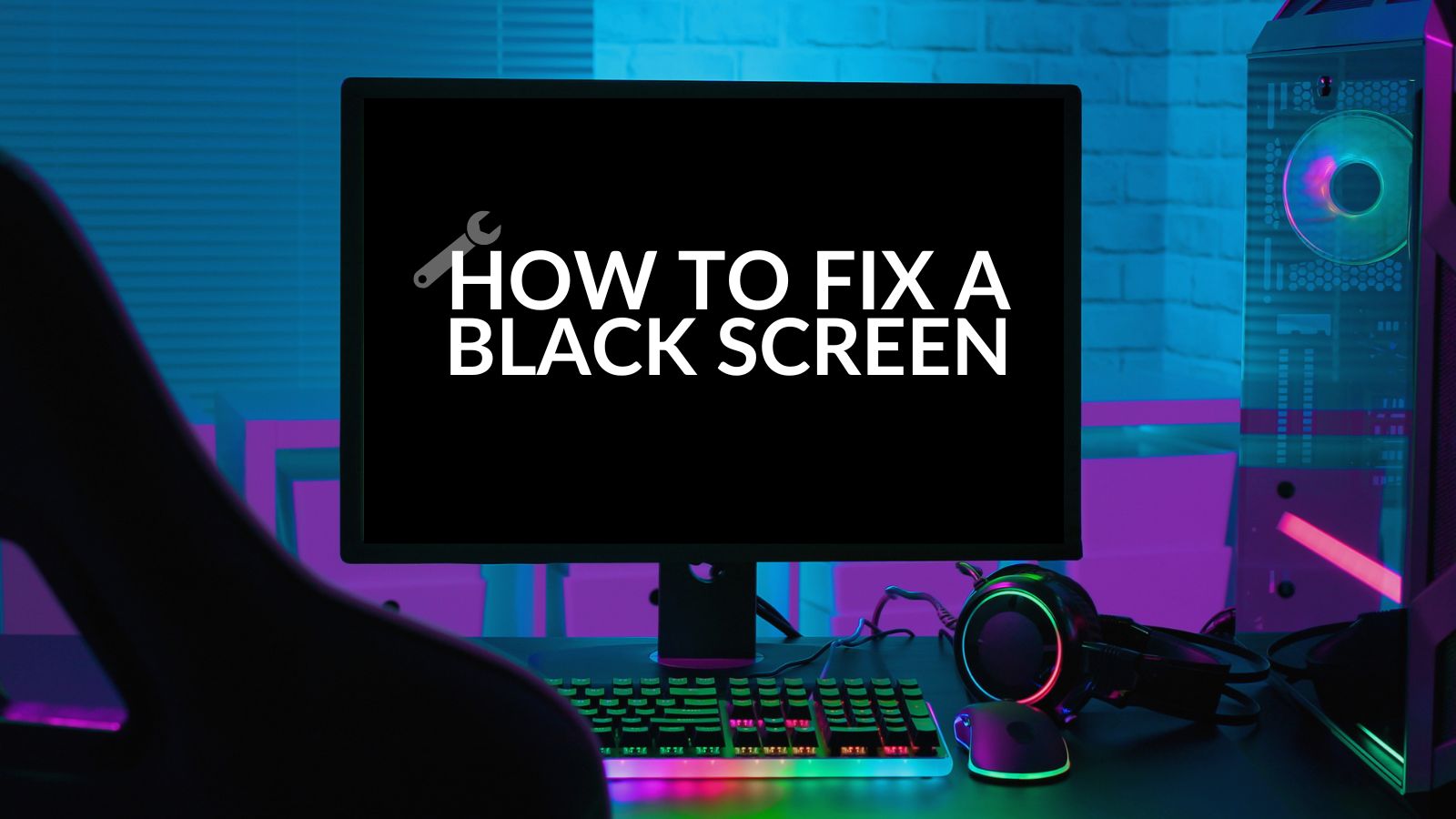Don’t panic – your monitor fading to a black screen is not a sign of ghouls, ghosts, or gremlins. Though for some we understand if they’d rather exorcise a demon from their gaming PC than face this Big Bad.
If you should find yourself faced with this foul specter, read along as we walk you through how to vanquish it from your system forevermore.

What is the Black Screen?
If your monitor has gone completely black without any error codes showing, you have got yourself the feared black screen of death.
This absence of information makes it difficult to diagnose what has caused the issue. It could be something as straightforward as a connection issue between your PC and monitor or something more problematic like hardware defects or a Windows update gone wrong.
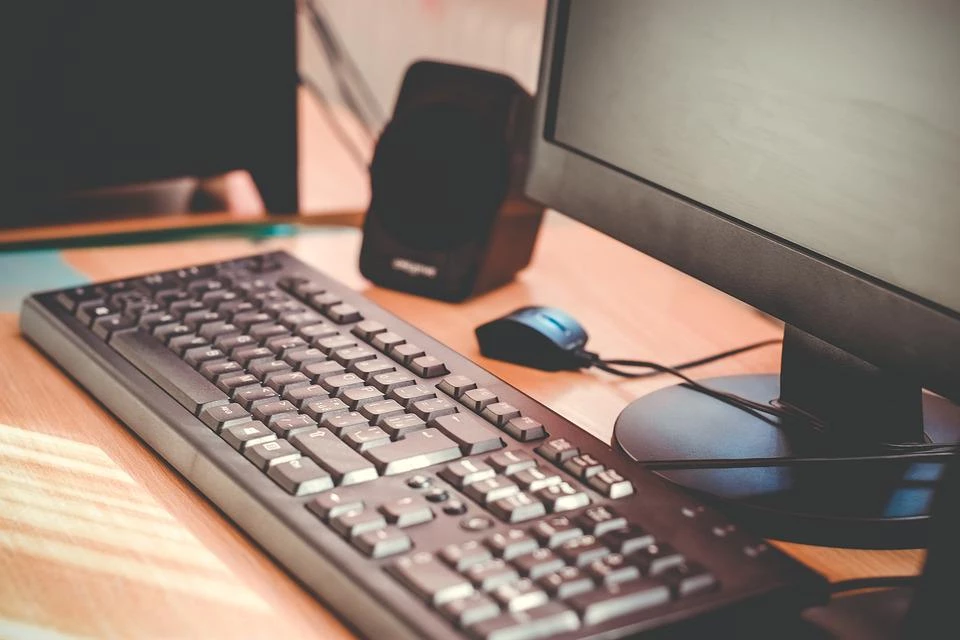
It is important to note that the black screen is not the same issue as the similarly named blue screen of death. Additionally, if your black screen is accompanied by an error code, you will want to explore different solutions than those we lay out here.
Why Does My Monitor Keep Going Black?
There are multiple factors that can result in a black screen. The big three are:
- Your display cable such as HDMI or Display Port.
- The monitor itself.
- Your graphics card.
What You Can Do to Fix the Black Screen Before Logging In
If the black screen of death rises before you get to the Windows login screen, the good news is the issue is often easier to fix. Here’s a few things to try.
Check Your Cables and Connections
If it’s the very first time you have turned your PC on, simply check the monitor connects to your graphics card and not the motherboard. If it is still not displaying properly, then the monitor could be defective or set to the wrong source. Try connecting to a different display or even your TV if you have either. The blank screen could be caused by a mismatch between your gaming PC and your resolution so be sure to check if that is the case.
A faulty connection could be the cause of the black screen. Unplug all of your video cables – HDMI, DVI, DisplayPort, VGA, and such – and check the ports for any dust or debris. Dislodge, clean, and reconnect everything before trying again. Failing that, try new cables in place of the ones you were using when the black screen appeared. They could easily have gotten worn away over time and just broken.
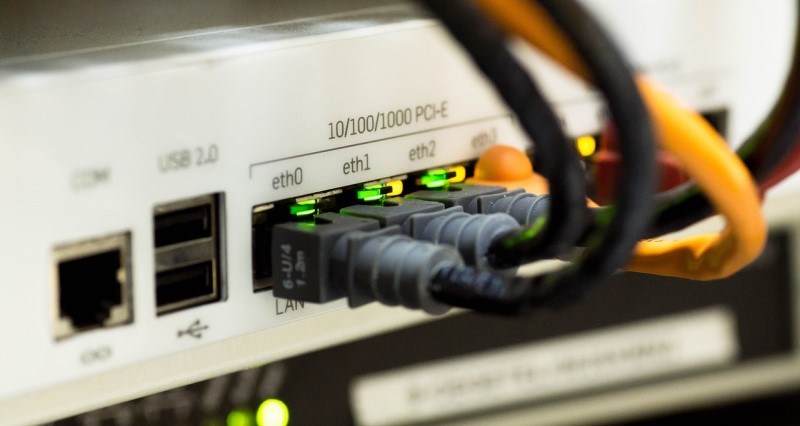
Disconnect Any Unnecessary Accessories
If you have an excess of external connections, this could be causing issues during boot. Unplug everything not essential to your PC working, which should just leave your monitor, keyboard, and mouse. Then restart your computer and see what happens.
If possible, you could also try removing sound cards, and extra RAM modules from your desktop or even upgrading the latter and trying a different graphics card.
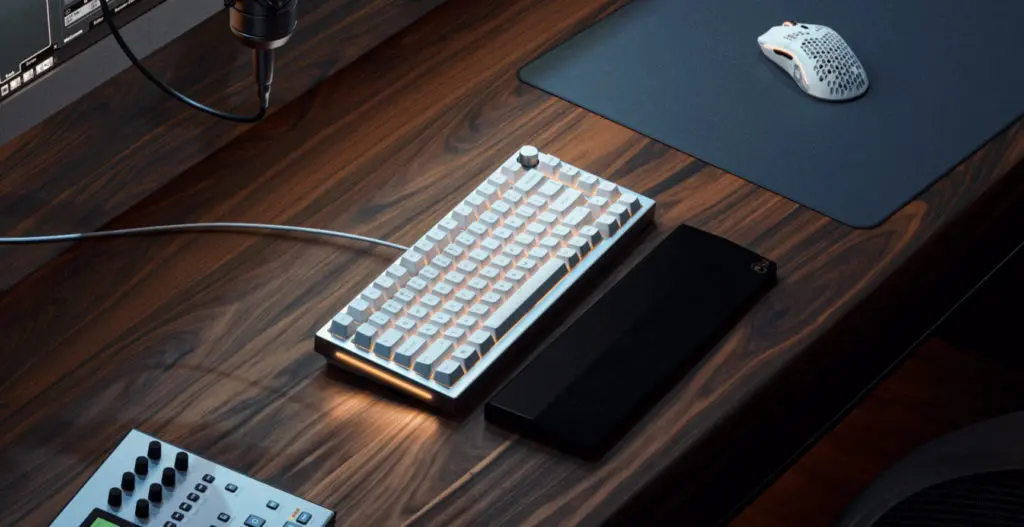
Try a BIOS/UEFI Reset
Your BIOS, or UEFI on newer models, is the core program that runs your PC. Encountering a black screen of death could be a result of your BIOS/UEFI not loading your operating system correctly. Simply try resetting it to its default settings or ensuring your PC is booting from a hard disk in the BIOS/UEFI settings.
If you’re unsure how to perform this operation, you can learn how to in our dedicated BIOS/UEFI article.
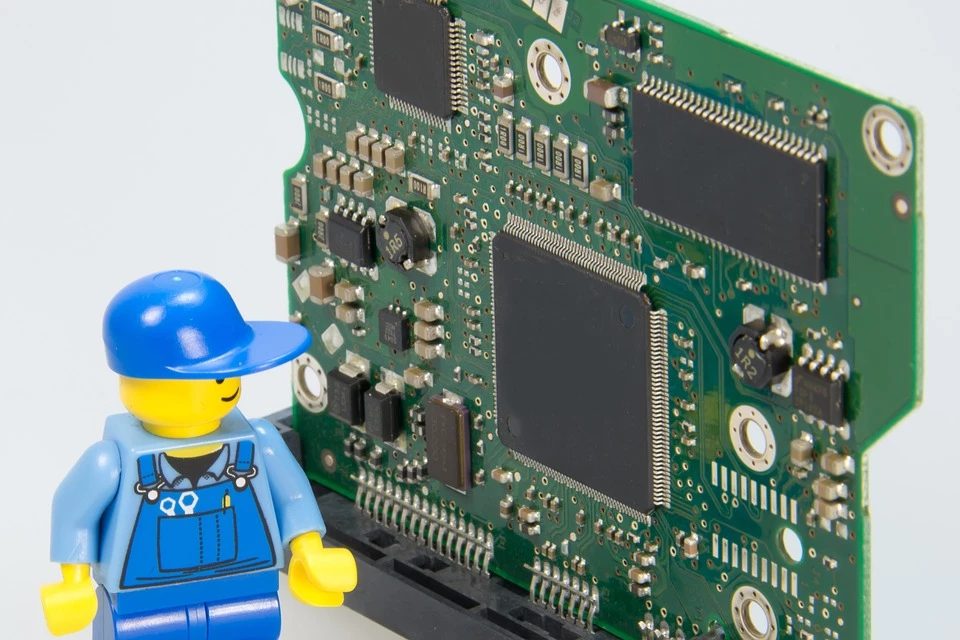
Don’t know if your PC has legacy or UEFI BIOS? Or what those terms even mean? Check out our dedicated blog guide to learn more about your PC BIOS.

What You Can Do to Fix the Black Screen After Logging In
If the black screen chooses to curse you after you login, then there are a number of solutions you can try to fix the problem.
Disable Automatic Applications
A blank screen after login is usually a sign that something is affecting your Windows OS as it tries to load your desktop and icons. Automatic applications are typically the culprit. To disable them, load your Task Manager by pressing Ctrl + Alt + Delete simultaneously.
If the black screen is preventing you from activating your Task Manager, boot your PC into Safe Mode. Once in Task Manager, disable every item under Startup and try booting your computer again.
Run explorer.exe
There’s a program responsible for loading your desktop and icons called Windows Explorer, or explorer.exe. If it isn’t working automatically after login, that’s what could be causing your black screen and floating cursor. Go into Task Manager as we described in the previous section, then under File select Run new task. Type in explorer.exe and then click OK. Your desktop should now reappear.
Update Your Graphics Drivers
If the black screen seems to be happening at random, then the cause could be in your graphics card. Whether using AMD, Intel, or NVIDIA, be sure to keep your drivers updated regularly. Keep rebooting your PC until you can get through to perform updates to try and fix the problem.
Consult Windows Troubleshooting
If all else fails, Microsoft has a dedicated troubleshooting tool for Windows on their website. You can use this to help you narrow down the error and find the solution. Just follow this link to find it.
Banish Your Black Screen with Some New Hardware
If you do find hardware is to blame for your troubles, then you are already in the right place. Here at Overclockers UK, we have plenty of products to replace or upgrade the tired components in your setup that seem to be summoning the blank screen.

ASUS TUF Gaming VG249Q1R 24” Widescreen Gaming Monitor
At 24” wide, this ASUS TUF Gaming Monitor is a perfect size for you to play on. This Full HD (1920 x 1080) screen may not be the biggest, but for your needs, it’s one of the best. For starters, it has an ultrafast 165Hz refresh rate, designed not only for immersive gameplay but for pro gamers too. Couple that with FreeSync technology and a 1ms response time, you can say goodbye to tearing and hello to sharp, high frame rate gaming visuals.
Gigabyte GeForce RTX 4070 Super Gaming OC 12GB 6DDR6X Graphics Card
Need to refresh your graphical hardware? The NVIDIA GeForce RTX 40 Series unlocks access to extra performance-enhancing technology, like DLSS 3.5 and G-Sync. Provided you are playing the games that work with DLSS it is well worth it. Likewise, if you are willing to invest in a G-Sync compatible monitor, it is a great option for hardware enthusiasts.
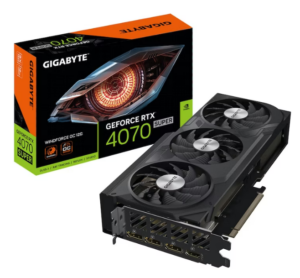

Team Group Vulcan Z T-Force 16GB (2x8GB) DDR4 3200MHz Dual Channel Kit
Looking to replace or just update your RAM? Team Group Vulcan T-Force offers incredible levels of performance and quality that rivals the best. Compatible with mainstream DDR4 motherboards, this 16GB (2x8GB) Dual Channel Kit also comes with a lifetime warranty. So even if the black screen of death returns, you know your RAM is taken care of.
Have You Faced the Deadly Black Screen?
Have you come face to face with the fearsome black screen? How did you conquer it? Let us know in the comments.
